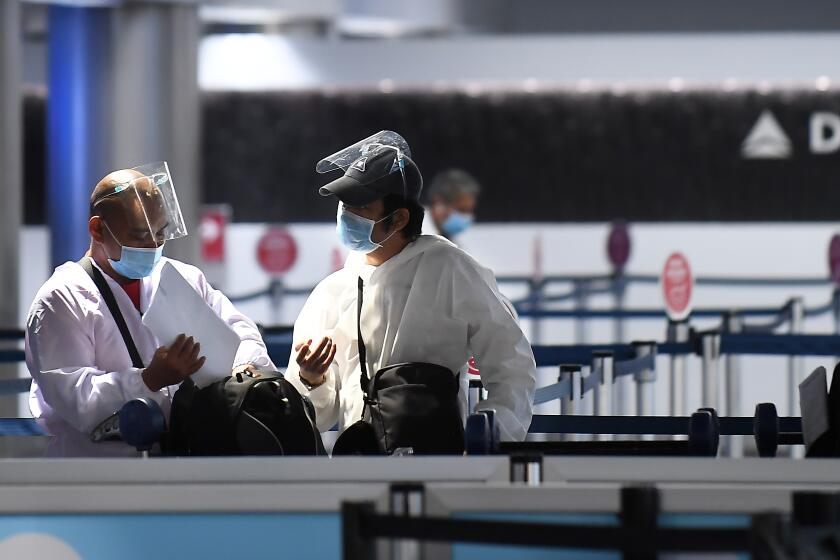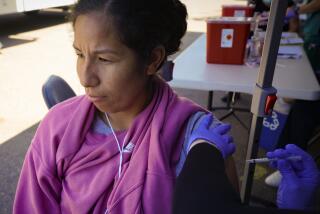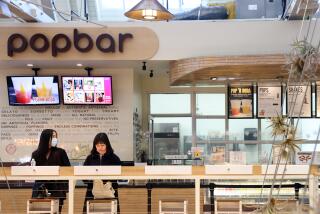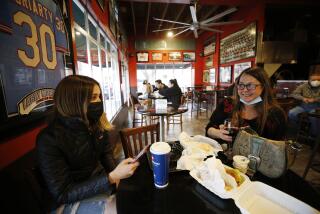New COVID-19 rules limit indoor dining, gyms, churches in O.C., Ventura County and beyond
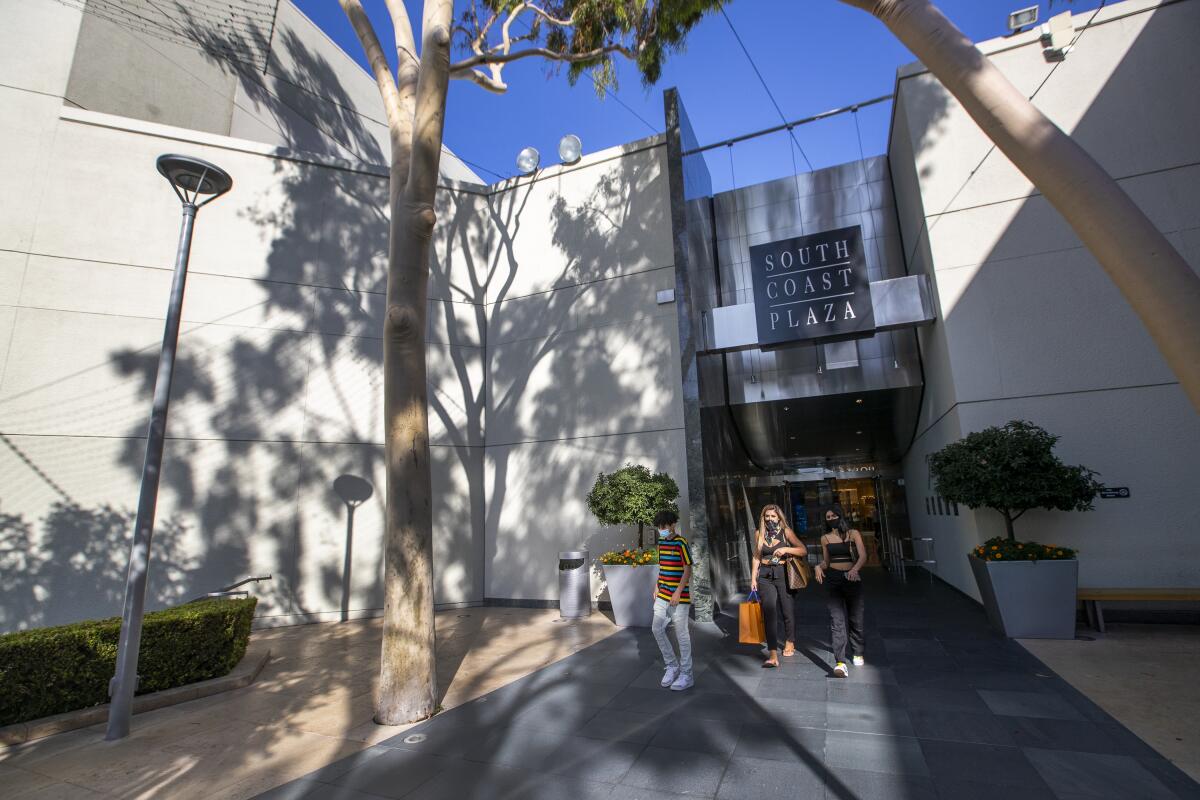
Gov. Gavin Newsom’s decision Monday to apply the “emergency brake” amid a surge in coronavirus cases will mean major changes in some Southern California counties — notably Ventura and Orange.
Here is what we know:
What areas are affected?
The result of the actions taken Monday shift Orange, Ventura, Kern, Santa Barbara and San Luis Obispo counties from the second-most restrictive red tier into the most restrictive purple tier.
That means indoor dining at restaurants and indoor gyms must shut down and move to outdoor operations, and houses of worship holding services indoors must revert to virtual or outdoor services.
The state announcement a rollback in business reopenings amid the steepest rise in coronavirus cases that California has seen.
What specifically will change in these counties?
• Indoor dining rooms at restaurants must close, although restaurants can offer delivery and takeout service.
• Indoor gyms, dance and yoga studios must now operate outdoors only.
• Movie theaters can no longer operate indoors.
• Houses of worship can no longer hold in-person indoor services but can host in-person services outdoors.
• Wedding ceremonies and funerals must occur outdoors only. Wedding receptions are currently banned statewide.
• Non-grocer retail stores, indoor malls and libraries are now open to 25% capacity instead of 50% capacity; grocery store capacity remains the same and remains open at 50%.
• Museums, zoos and aquariums must close indoor operations and can open only outdoors.
Weekly coronavirus cases have doubled in the last month around California. Officials are trying to slow this latest spike while minimizing further business closures.
What about the rest of Southern California?
Los Angeles, San Diego, Riverside, San Bernardino and Imperial counties were already in the most restrictive purple tier, so there is no immediate change in those areas.
But L.A. County officials have been talking about new restrictions amid rising cases, including a curfew and limiting the head count at some businesses.
What is the big picture?
Once the changes go into effect Tuesday, roughly 94% of Californians will live in counties placed in the strictest purple category of the state’s reopening roadmap. Many businesses in those counties will have to suspend or severely limit their indoor operations.
Over the seven-day period ending Sunday, the state averaged 7,985 cases per day, up 89.7% from just two weeks ago, according to The Times’ coronavirus tracker.
The rolling metric hasn’t been this high since mid-August, and it is a far cry from just a month ago, when the seven-day average of new cases dipped below 3,000.
Counties in the purple tier (ranked by population):
- Los Angeles
- San Diego
- Orange
- Riverside
- San Bernardino
- Santa Clara
- Alameda
- Sacramento
- Contra Costa
- Fresno
- Kern
- Ventura
- San Joaquin
- Stanislaus
- Sonoma
- Tulare
- Santa Barbara
- Solano
- Monterey
- Placer
- San Luis Obispo
- Santa Cruz
- Merced
- Butte
- Yolo
- El Dorado
- Imperial
- Shasta
- Madera
- Kings
- Napa
- Nevada
- Sutter
- Mendocino
- Yuba
- Tehama
- San Benito
- Tuolumne
- Siskiyou
- Glenn
- Trinity
More to Read
Sign up for Essential California
The most important California stories and recommendations in your inbox every morning.
You may occasionally receive promotional content from the Los Angeles Times.

